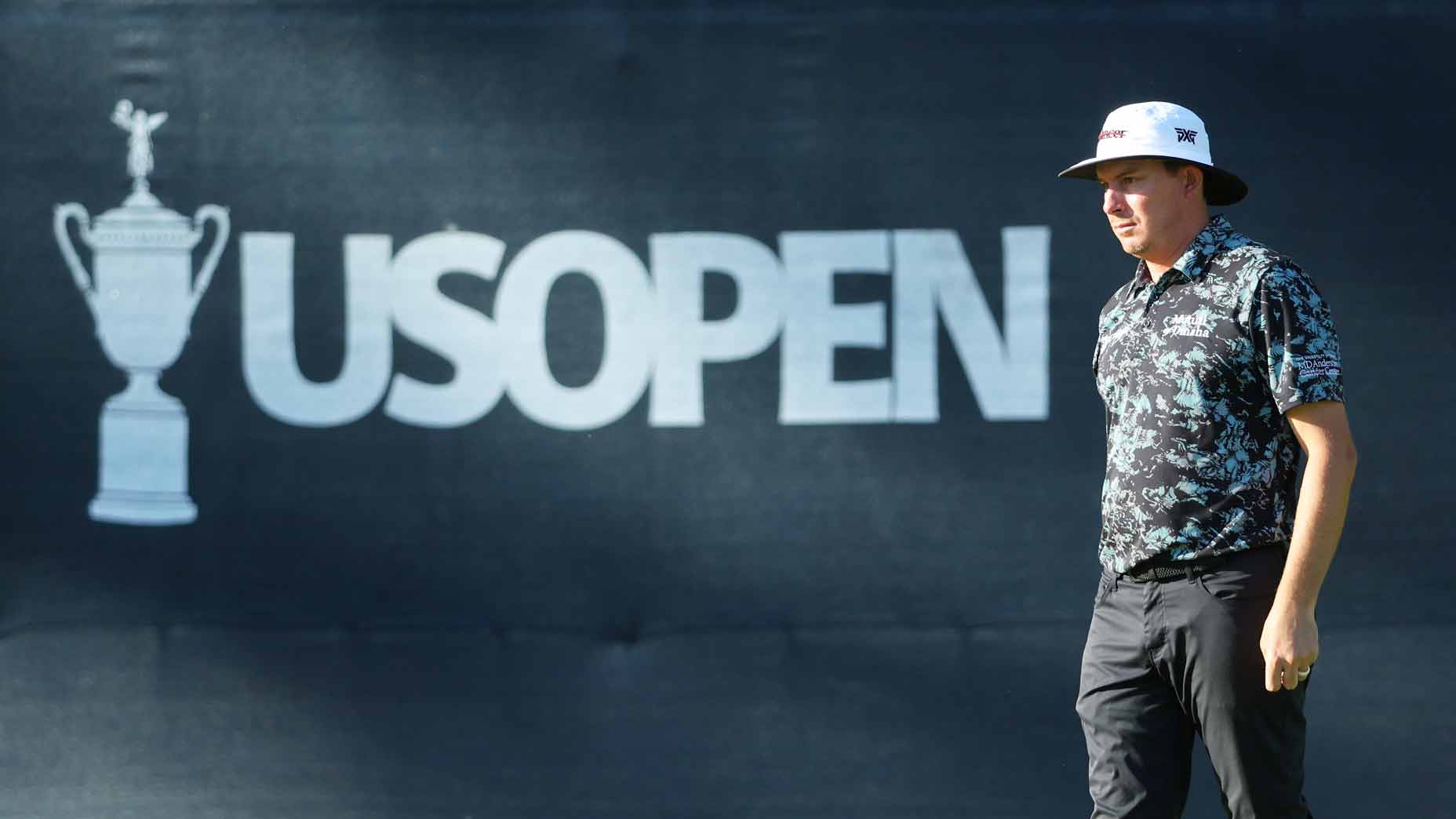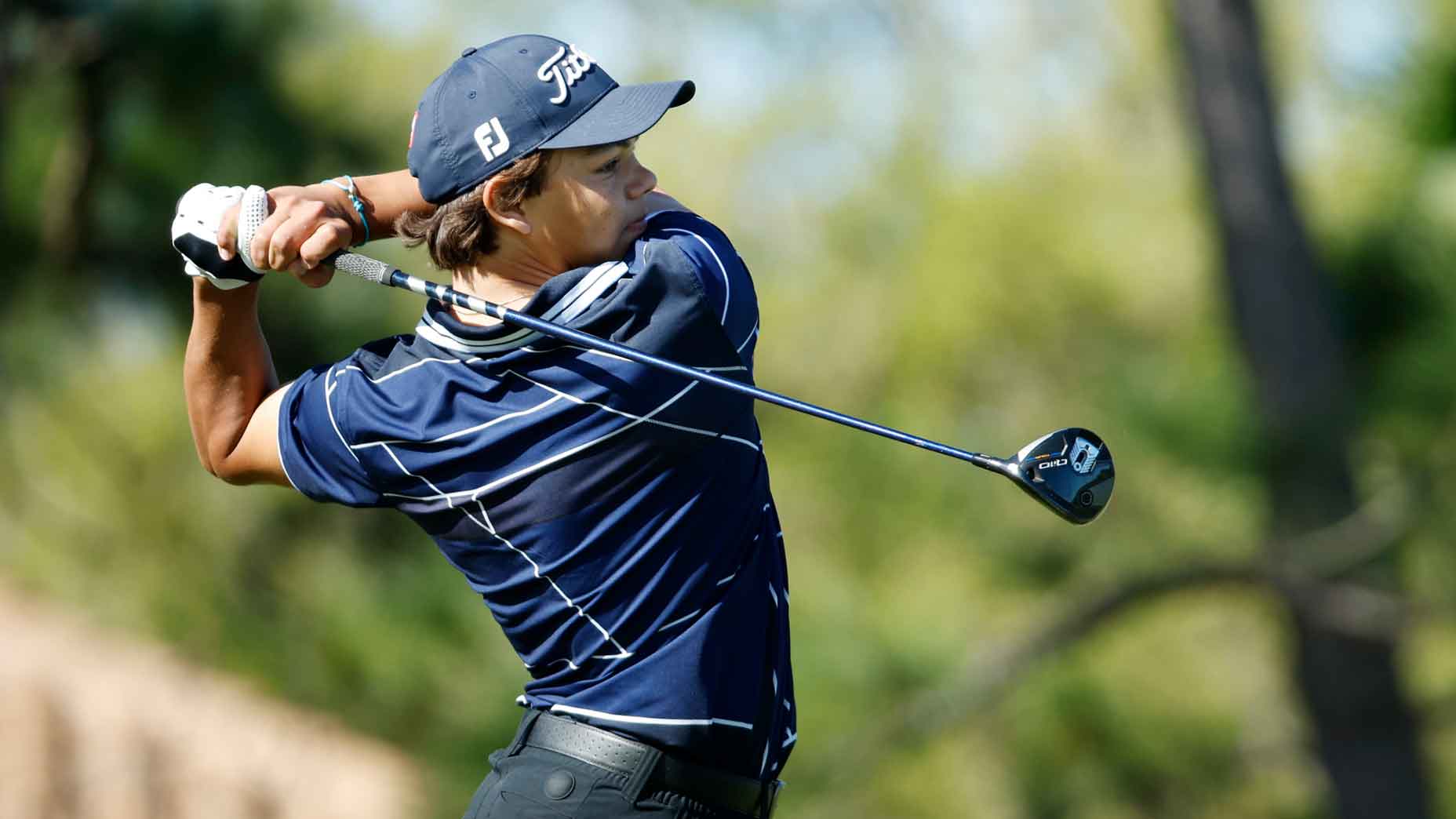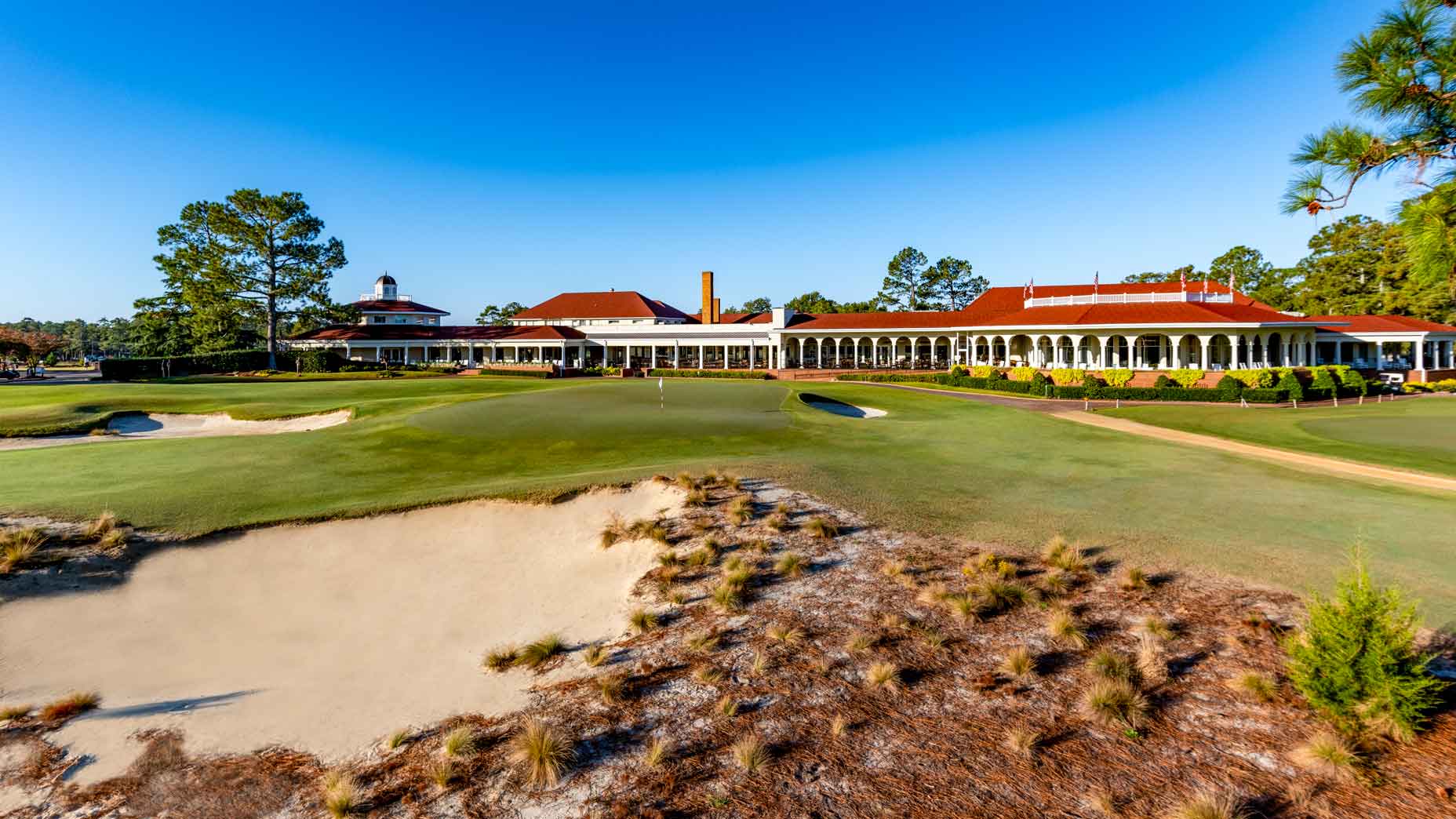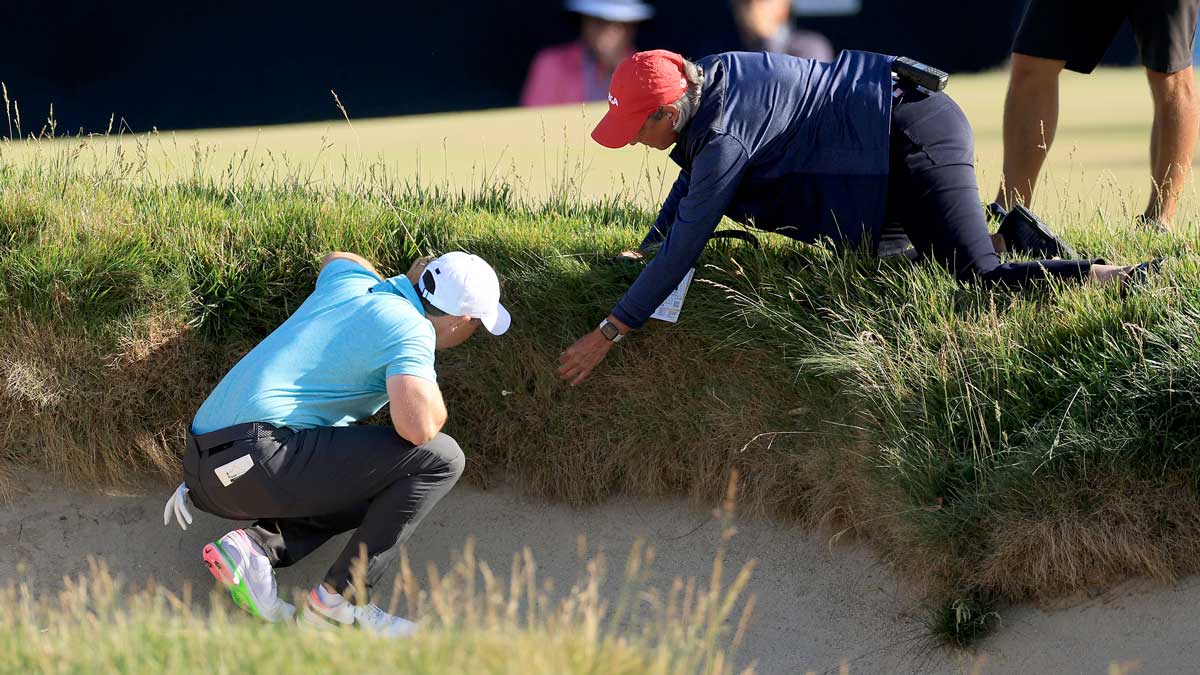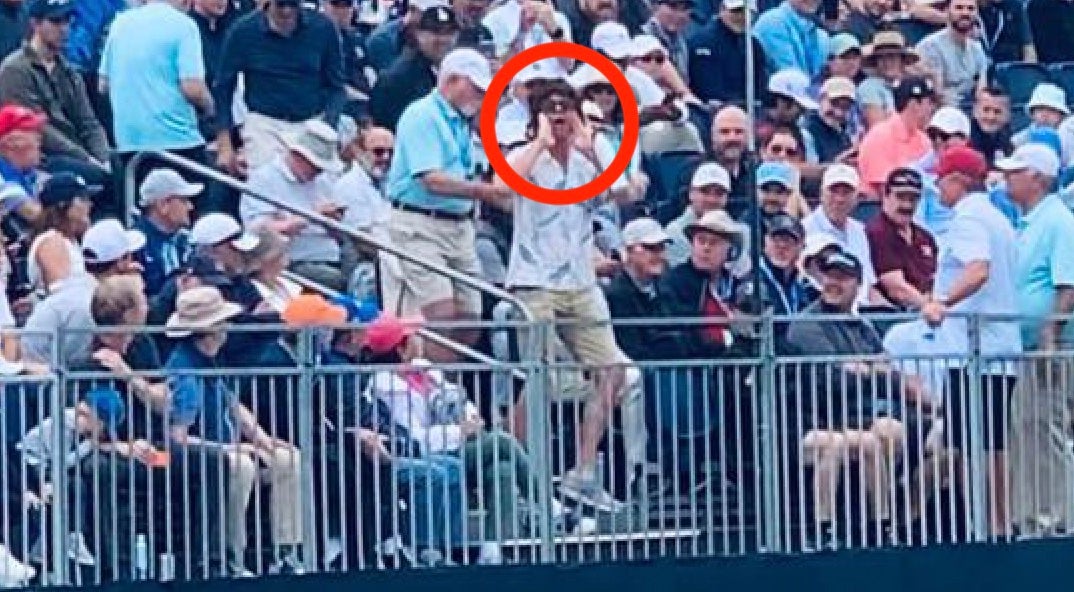‘Too much randomness’: Why this course-setup choice has some U.S. Open players unhappy

The fescue around the lips of the bunkers has been a point of consternation among players this week.
NBC
BROOKLINE, Mass. — Players have been highly complimentary of the USGA’s setup at The Country Club this week. It’s hard, sure, but it’s fair. Good shots are rewarded, and poor ones are penalized.
Measuring out to just over 7,200 yards, The Country Club is long enough to keep it from becoming a driver-wedge competition, but short enough to allow everyone to compete. The greens have plenty of slope, but they’ve been kept at a proper speed all week (around 12 on the stimpmeter). And the rough is long, but graduated, meaning small misses aren’t as penal as larger ones.
“It’s very, very difficult, but I don’t think you’ll hear one player say any part of it is unfair, which is a huge compliment to the USGA to set it up that well,” said Beau Hossler, who was T3 after 36 holes. “Obviously, a compliment to the golf course to not have to really do too much to make the scores what they are.”
That rhetoric is a far cry from the talk you typically get at the U.S. Open. Often times, players bemoan the setup, crying foul when their wedges don’t spin back, or their clubheads get stuck in the gnarly rough. This week though, those complaints have been few and far between.
That’s not to say it’s all been sunshine and rainbows in regards to the course setup at The Country Club. Complaints have still been levied, and the main target of those grievances is the rough around the lip of the bunkers.
On most courses the pros play, the rough is not nearly as juicy as it is at The Country Club — and it’s certainly not as thick around the lips of the bunkers. Balls falling near the rims of sandtraps usually obey the laws of gravity and fall into the caverns. But that’s not always the case this week. Oftentimes, balls near the lips will become stuck in some of the thickest grass on the course.
Instead of mowing the lips of the bunkers down, the USGA left long fescue surrounding the edges of the traps — and it makes for some devilish lies.
Take Rory McIlroy’s Thursday adventure on the 5th hole, for example. His drive squirted a touch right of the fairway and made a beeline for the bunker on the short par 4. Unfortunately for him, his ball never found the sand. Instead, it stayed suspended on the lip and left him with a near-impossible shot.
“It’s hard not to get frustrated because I’m walking up there going like, ‘Just come back into the bunker,'” McIlroy said. “The thickest rough on the course is around the edges of the bunkers. So I was sort of cursing the USGA whenever I was going up to the ball.”
McIlroy isn’t alone in his disapproval of the fescue-lined bunkers. Former U.S. Open Graeme McDowell, who is not competing this week, took to social media to share his thoughts on the setup choice.
“They look spectacular but an element of unfairness brought in,” he wrote. “Two similar shots can leave a straight forward trap shot or an unplayable ball in the lip. Too much randomness.”
Random? Maybe. Unfair? Not so much. This is the U.S. Open, after all. Things are supposed to be difficult. And with the fescue-lined traps, the USGA has achieved just that.


